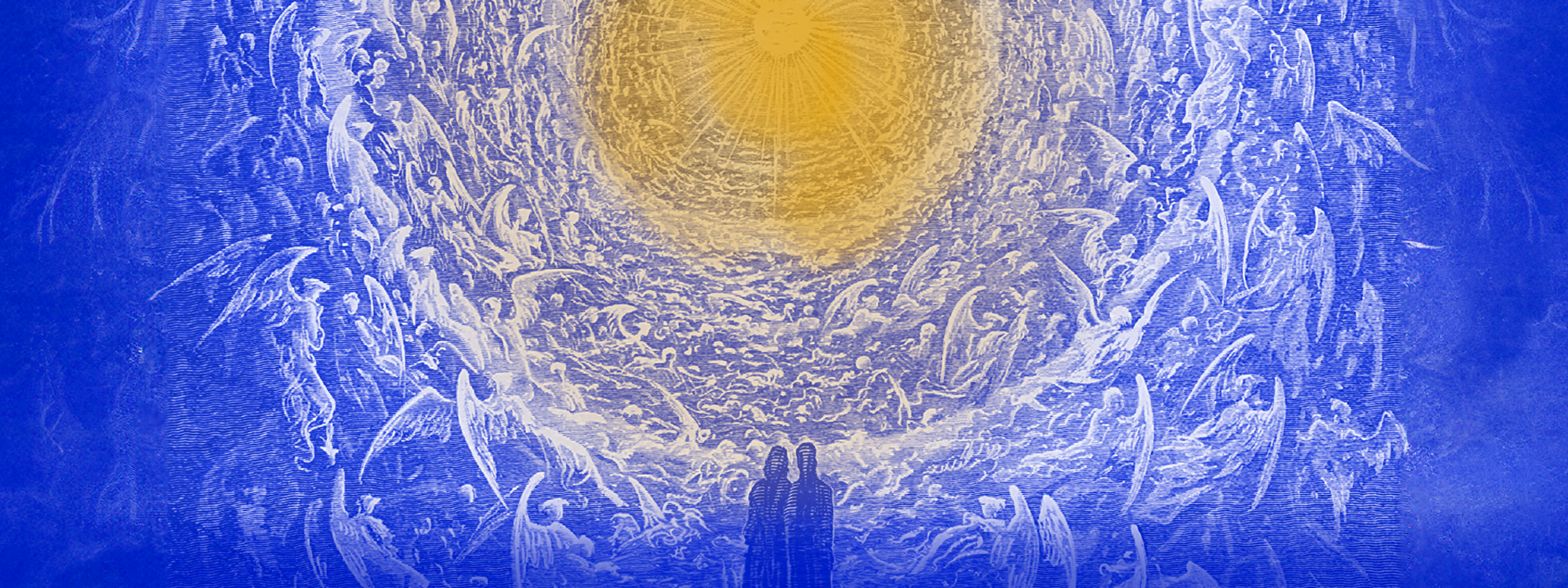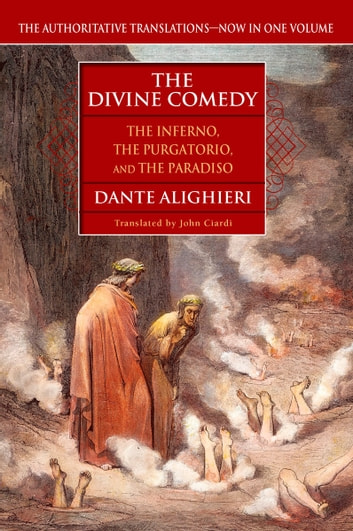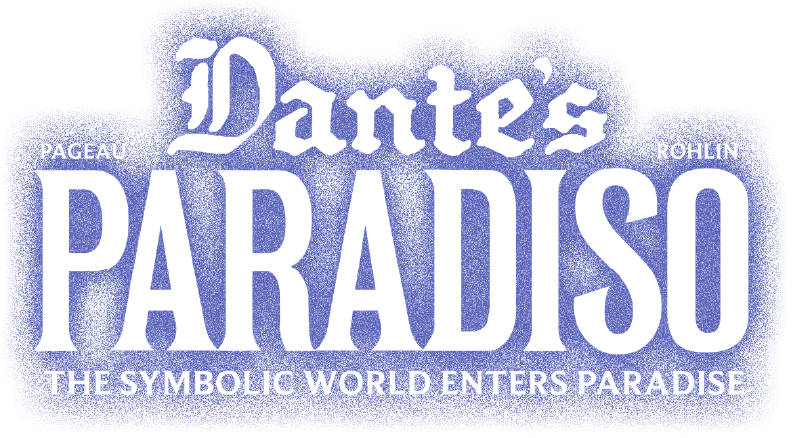Answer: The course is hosted on the Symbolic World Circle platform that you can access if you navigate to the Community tab at the top of our website. You must have a Symbolic World account (which you can create for free), and also set up a Circle profile. Here is a quick direct link to the course if you’re already signed in.


Dante's Paradiso
By Deacon Seraphim (Richard) Rohlin and Jonathan Pageau
The Symbolic World Enters Paradise
Exclusive Discount to Symbolic World VIP Patrons
PARADISO3472
Patrons at the Involved tier or higher qualify for 10% off. Log in and find your unique discount code at the top of this page.
Join Jonathan Pageau and Dcn Seraphim Richard Rohlin for a journey through the ancient cosmos. Ascend through the spheres. Strengthen your eyes so that you can gaze upon the Divine.
In this 5-week, 15-hour course, we’ll continue our read through of Dante’s Divine Comedy with the third and final book: Paradiso. Having experienced the reality of repentance, Dante begins his ascent into the Heavens so that his vision can be strengthened to gaze upon the Holy Trinity.

Course Overview
190 USD
5 Weeks, 15 Hours
Live classes are on Wednesday at 2-5 pm Eastern Time, starting November 5th through December 3rd, 2025.
The Divine Comedy is one of the greatest works of world literature, but it is also one of the best examples of applied Medieval Universal History. In his three-book epic, Dante draws on the Holy Scriptures, the Judeo-Christian apocalyptic tradition, classical epics, and ancient and medieval natural history and astronomy to build a powerful and enduring vision of the cosmos which transcends his own contemporary political concerns. It’s at once both the story of Christian civilization – and the things which threaten to destroy it – and also the story of every human person. In Inferno, we are confronted with the reality of sin, as Dante’s “piety” – his right response to God and man – is shaped almost entirely by negative examples. In Purgatorio, we experienced the next part of the process: purification as we ascend the mountain of the virtues.
The time has come at last to ascend into the Heavens and look upon the face of God. As familiar as they might be with Dante’s conception of Hell (and to a lesser extent, Purgatory) as it has seeped into popular culture, modern readers will find Dante’s description of Heaven almost completely foreign, full of planets, spheres, and a classification of holiness that cuts right to the core of our democratized version of Christianity. Even if you haven’t yet taken our Inferno and Purgatorio classes, you’ll still benefit from this final installment in our three-part series of courses on The Divine Comedy. We’ll start you off with everything you need to get caught up to speed at the beginning of the course before diving into Dante’s poetry. We’ll also spend some time looking at other medieval visions of the heavens, the cosmos, and paradise as we finish our monumental journey through the greatest poem of the medieval West.
Course Details
Live Course Schedule
Live classes take place on Wednesdays:
- Lesson 1: November 5 on Cantos I-V
- Lesson 2: November 12 on Cantos VI-XIV
- Lesson 3: November 19 on Cantos XV-XX
- Lesson 4: November 26 on Cantos XXI-XXVII
- Lesson 5: December 3 on Cantos XXVIII-XXXIII
What you'll need
The Ciardi translation of Dante (same one recommended for the Inferno and Purgatorio courses). All other materials will be provided.

Lesson plan
Lesson 1: From Paradise to Paradise - Cantos I-V
In the first week, we will introduce medieval ideas about the cosmos: the spheres, the seven heavens, and Paradise. What did these different but overlapping concepts mean to medieval society, and how does Dante use them to lay the foundations for his own compelling scheme of Paradise? Then we will begin our ascent properly, stepping out onto the “narthex” of the heavens – the Moon – where will be confronted with one of the most difficult realities about Paradise: Here, as in Hell, everyone gets as much God as they want – and some people want more God than others.
Lesson 2: Heaven is for Lovers - Cantos VI-XIV
In this lesson, we will move through the spheres of Mercury (the Ambitious), Venus (the Lovers), and the Sun (the Theologians). Beatrice, our guide, gives us various explanations both scientific and metaphysical as we ponder what it means to have a body, the nature of the resurrection of the dead, and the life of the age to come. We will also consider the main theme of Paradiso – that of vision – as Dante’s eyes must be strengthened to prepare him for the vision of the Holy Trinity.
Lesson 3: The Cross of Mars - Cantos XV-XX
In this lesson, we continue our ascent through the spheres of Mars (the Warriors of God) and Jupiter (the Just and Temperate Rulers). Here, Dante has an encounter with his distinguished great-great-grandfather, Cacciaguida, in the central episode of Paradiso which Dante based on an important classical exemplar, The Dream of Scipio. More than any other passages in the Comedia, these cantos invite us to ponder the question of what it means to be a “great man,” a great Christian, and whether those two things are even compatible.
Lesson 4: The Ladder of Saturn - Cantos XXI-XXVII
In this lesson, we’ll complete our ascent through the seventh heaven of Saturn (the Contemplatives) as we move into the realm of the fixed stars and the garden of Mary and the Apostles. These cantos are in a way the summary of everything that Dante has learned in his week-long journey through the afterlife, and he is tested on whether or not he truly possesses the Christian virtues of Faith, Hope, and Love.
Lesson 5: The Mystic Rose - Cantos XXVIII-XXXIII
Having passed the examination of the three apostles, Dante concludes his ascent as he enters the Empyrean. Here, Beatrice leaves us to take her place with the Virgin Mary, and it is St. Bernard who now leads us and Dante in a grand vision of the Mystic Rose – the Church as Creation and Creation as the Church, the mystical marriage between Christ and his Bride. Through the intercessions of St. Bernard and the Virgin Mary, Dante is finally granted to move beyond symbols to a direct vision of God, gazing at last upon the love that “moves the sun and other stars.”
Related Content
Presenters

Deacon Seraphim (Richard) Rohlin
Deacon Seraphim Richard Rohlin is a software developer, Germanic philologist, and now ordained deacon in the Orthodox Church of America (OCA), living in Texas with his wife and children. He speaks and publishes on Germanic poetry, the Inklings, and the Sacramental Imagination. He regularly contributes to Jonathan Pageau’s The Symbolic World YouTube channel through the Universal History series. Along with Jonathan Pageau he has co-presented a 6-week course studying the epic poem Beowulf, as well as several courses on Dante's Divine Comedy (Inferno, Purgatorio, and Paradiso). He has also hosted his own course on this platform, Tolkien and Universal History.
Richard co-hosts The Amon Sul Podcast, and has published several works of fiction and non-fiction. He’s currently working on a collection of essays called Finding the Golden Key: Essays Toward a Recovery of the Sacramental Imagination. His superhero pulp novel Guardians: The Eye of Horus is currently under development as a graphic novel. Richard is also a life-long tabletop gamer and wrapped up a wildly successful Kickstarter campaign to produce Amboria: Roleplaying in the World Under Starlight.

Jonathan Pageau
Jonathan Pageau is a renowned liturgical artist, writer, and public speaker. Through his popular YouTube channel The Symbolic World, he has become a sought-out interpreter of the deep patterns in stories. With his 2022 publication of God's'Dog: Monster, a graphic novel invented with his brother Matthieu Pageau and artist Cord Nielson, Jonathan proved himself a powerful storyteller in his own right. The project’s successful crowdfunding encouraged him to continue his efforts to reclaim the storytelling landscape by starting a publishing company called Symbolic World Press (SWP).
SWP’s maiden publication is The Tale of Snow White and the Widow Queen, the first of an eight-book series of fairy tales in which Pageau explores a new way of telling fairy tales: one which is both aware of our cultural moment and simultaneously committed to honoring the deeply celebratory of the roots these stories have planted in our common imagination.
Jonathan’s YouTube channel, The Symbolic World, now has nearly 200k subscribers, and the community that has developed around his listenership is an active, supportive, and talented collection of artists and thinkers from around the globe. He recently launched a new Symbolic World Website, where people can sign up to access exclusive content unavailable on the regular channel, and to engage in the Symbolic World Community for timely discussions around symbolism, literature, religion, art, and culture. The site has also begun hosting paid courses, where people can sign up for an interactive deep dive into specific works, such as Beowulf, C.S. Lewis’s Space Trilogy, and the rebirth of Christian Metaphysics.

